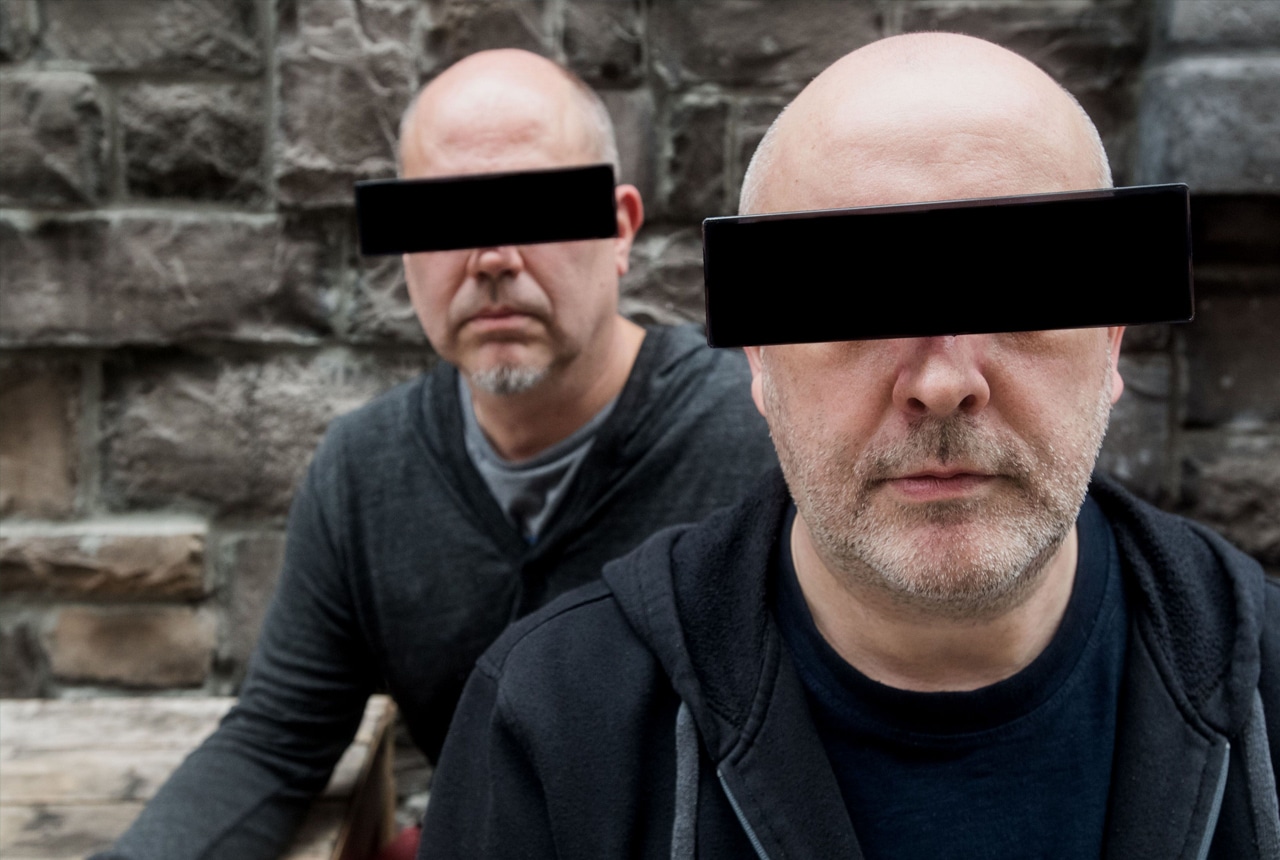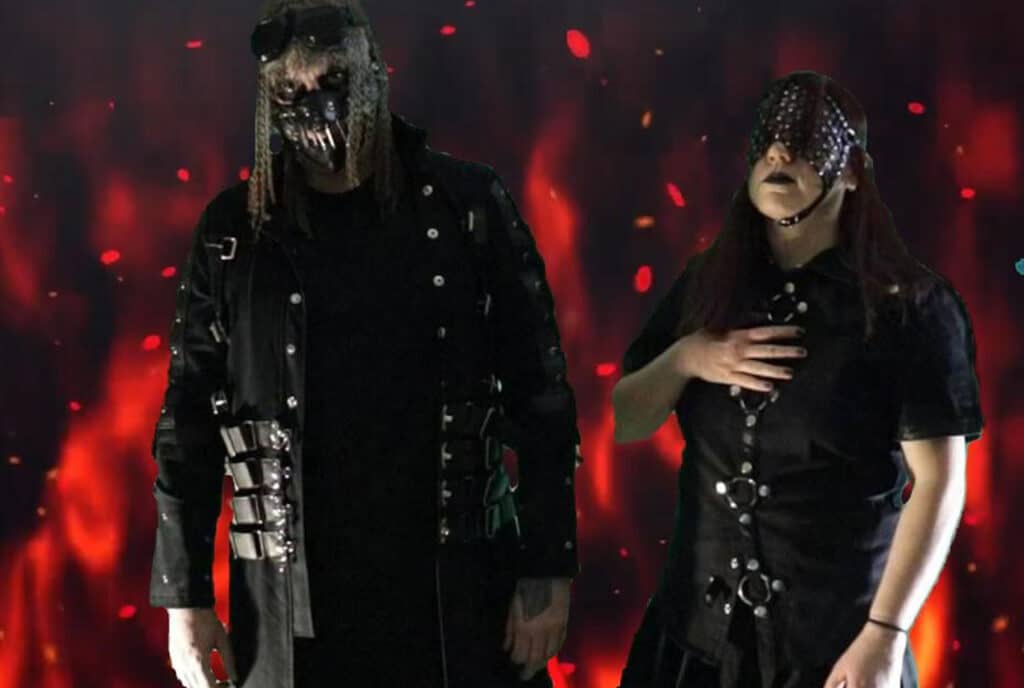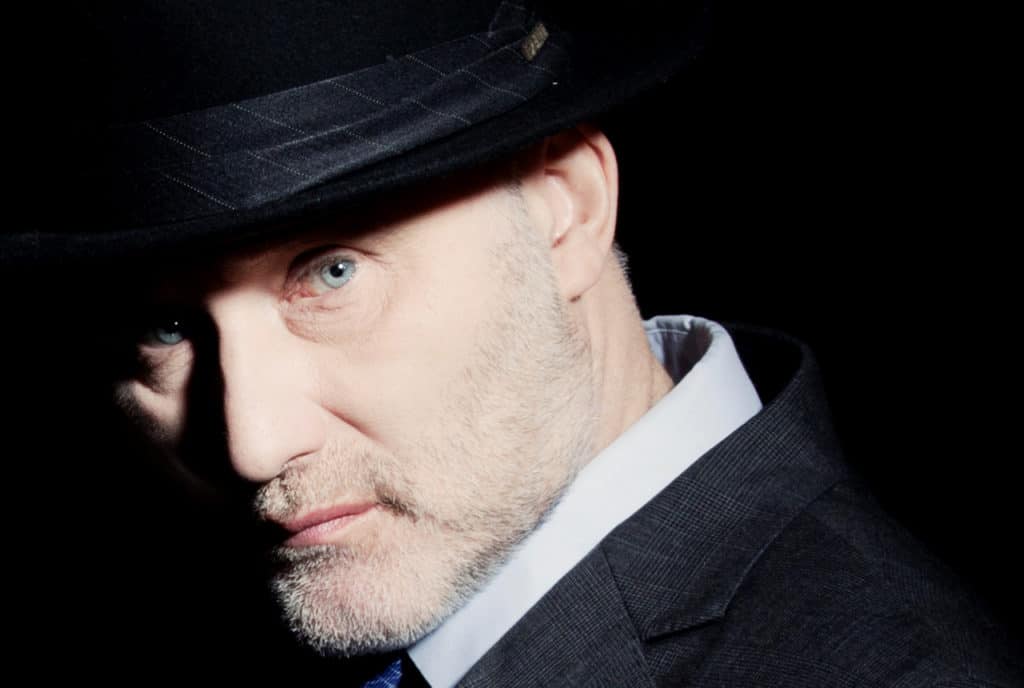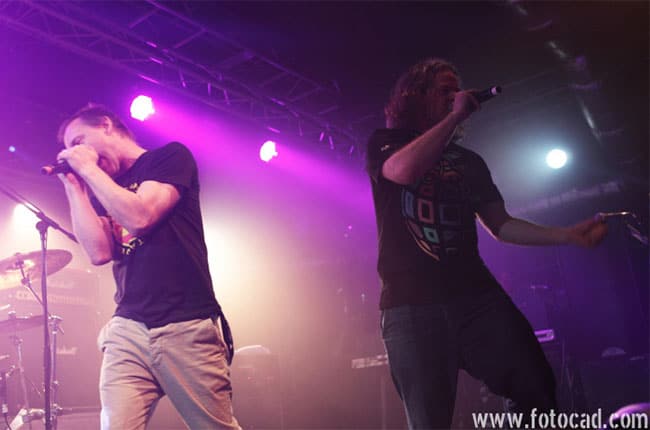After a gap of eight years before 2018’s “Impossible Star,” Jack Dangers is already back with a new Meat Bean Manifesto album. Titled “Opaque Couche,” it takes its name from a greenish-brown hue that has been called the “world’s ugliest color.” Always pushing his music in new directions, Dangers came up with a new process for working with beats for this album.
In our last interview, you talked about how moving studios disrupted the process of making “Impossible Star.” How did the making of “Opaque Couche” compare?
Jack Dangers: Some of the tracks were recorded at the same time I was doing the last record. I might have even mentioned that last time that I had a surplus of tracks. I might have even said that we’ll be bringing out another album at the end of the year.
Some of the tracks, say, “Agelast.” That was something I did a few years ago, which came out on Scam Records, and it was a song I did with Wolfgang Flur from Kraftwerk. This was the original version, actually, before Wolfgang did his vocals on it.
I did that back in 2013 or 2014. Some of the tracks are a few years old. But they deserve another listen, and they are a different version. A few of the tracks were from the same session I did for “Impossible Star,” but about 80% is new tracks, which I did last summer, in between doing live shows.
I came up with a new process of working with beats, which I was excited about, and inspired. I churned out more tracks in a shorter space of time than I’ve done before because I was so happy with how it was sounding.
Most of it was done last year, but some of the tracks have been floating around for a few years, so it just seemed time to put more together on one record.
Could you elaborate on the new process of working with beats?
Jack Dangers: It’s more of a recording process, which is my secret sauce. I wouldn’t really want to sort of explain everything about it. Let’s say it’s not in the computer. Everything is outside of the computer, and I’ve been trapped inside the computer for a good 25 years. It’s liberating to jump out of it. I’m using some sort of modular, Eurorack sequences for the first time. I’ve always used software for doing sequencing, like, Logic Audio Pro Tools, whatever.
Now, I’m using these little devices that you have to go through a CV to midi. I was always used to doing midi to CV. Now, it’s the other way around, and there’s a lot you can do with an external sequencer, which you can’t do with a software sequencer, and not just for synthesizer sounds, but for running the beats and stuff. To encompass the way I’m doing it now, would be more out of the box, than in the box, like I always had done prior to that.
Did you set out to come up with a new working process, or did it just emerge out of what you were doing?
Jack Dangers: No. I was definitely experimenting, trying to do things differently than I had previously. It was working really well, so I was sort of just churning them out, basically.
Did it have any impact on the older tracks?
Jack Dangers: No, not so much. That was already sort of set in stone, some of those tracks. There were the older ones as well. I think you can sort of hear the difference between working with a beat in the computer using sequencing, software sequences. A good example would be “Critical Soul Vibrations.” That was all done as I would normally have done it for the last 25 years. Sort of in the computer, using Logic Audio, still using external stuff, but Logic Audio being the main software.
I think you can hear the difference between that and say “Pin Drop” and “No Design,” which was the other way I came up with of doing this stuff. You can hear more of a sort of stereo field going on, and to me, it just sounds a lot fresher. I was always running different programs, running samplers outside of the sequencer. In mid-2005, I sort of got trapped. It’s because all the software and everything moved on, and I sort of got locked into just using the computer.
But, you know, a lot of people do that. A lot of people just use a laptop or whatever, but I think that’s going down the wrong road. I fell into that trap, and I’m happy now that I’ve gotten out of it.
Will this process have any impact on how you adapt the music for live performance?
Jack Dangers: Not really, no. I’ve put stuff into different stems, and we use Ableton Live to run all the tracks. We still use all the different video sampling techniques live. That stuff is sort of a freestyle thing anyway, so it’s improvised every show, to keep it open, and interesting.
What inspired you to name the album after “the world’s ugliest color”?
Jack Dangers: Well, I wanted to do a record, an album, just based around a color. That’s why we wanted it to come out last year. It was the 50th anniversary of the “White” album, and all these different bands have done different colors. Prince did a “Black” album, and I think Primus did a “Brown.” Someone did a “Pink” album. I just wanted to do something like that, so I picked that color, just because nobody wanted to use that color.
We did picture disks of it. We couldn’t match the color vinyl at all. Everywhere we tried, it was just a failure. So we went to do picture disks in the end. When we do some shows, we’ll probably have T-shirts that are based around that same sort of thing. So it’s just something I’ve always wanted to do. It was time to do that. Simple as that really. No deep-seated, important message behind it, or anything.
You’ve collaborated with many people over the years, do any stand out?
Jack Dangers: From a sort of remixing point of view, people we’ve hired to do remixes, probably Boards of Canada. The remix they did for “Prime Audio Soup” is my favorite remix anyone ever did for us. And as far as I’m concerned, working with other people obviously David Bowie was a big one. He was one of the few people that I got to do a remix for where he actually wanted to meet and hang out, and he came to my house in Swindon and gave me his cassette, with his limo driver, and all this weird and wonderful stuff.
Actually meeting him still seems like a dream. I’m still kicking myself that I didn’t get a picture taken with him, but I just didn’t want to bug him. Imagine how many people have asked him to do that. And we’re in his hotel room, so I’m not going to bring a fucking camera and start taking pictures all together. But he would’ve been fine with it anyway.
I liked doing the tracks I did for him. Working with Consolidated was a good high point. Just because I like the music so much, and the message. It inspired me to change my eating habits, et cetera, et cetera. So that was a big influence on me. So, I’d probably say those two.
For more info, visit meatbeatmanifesto.com.










